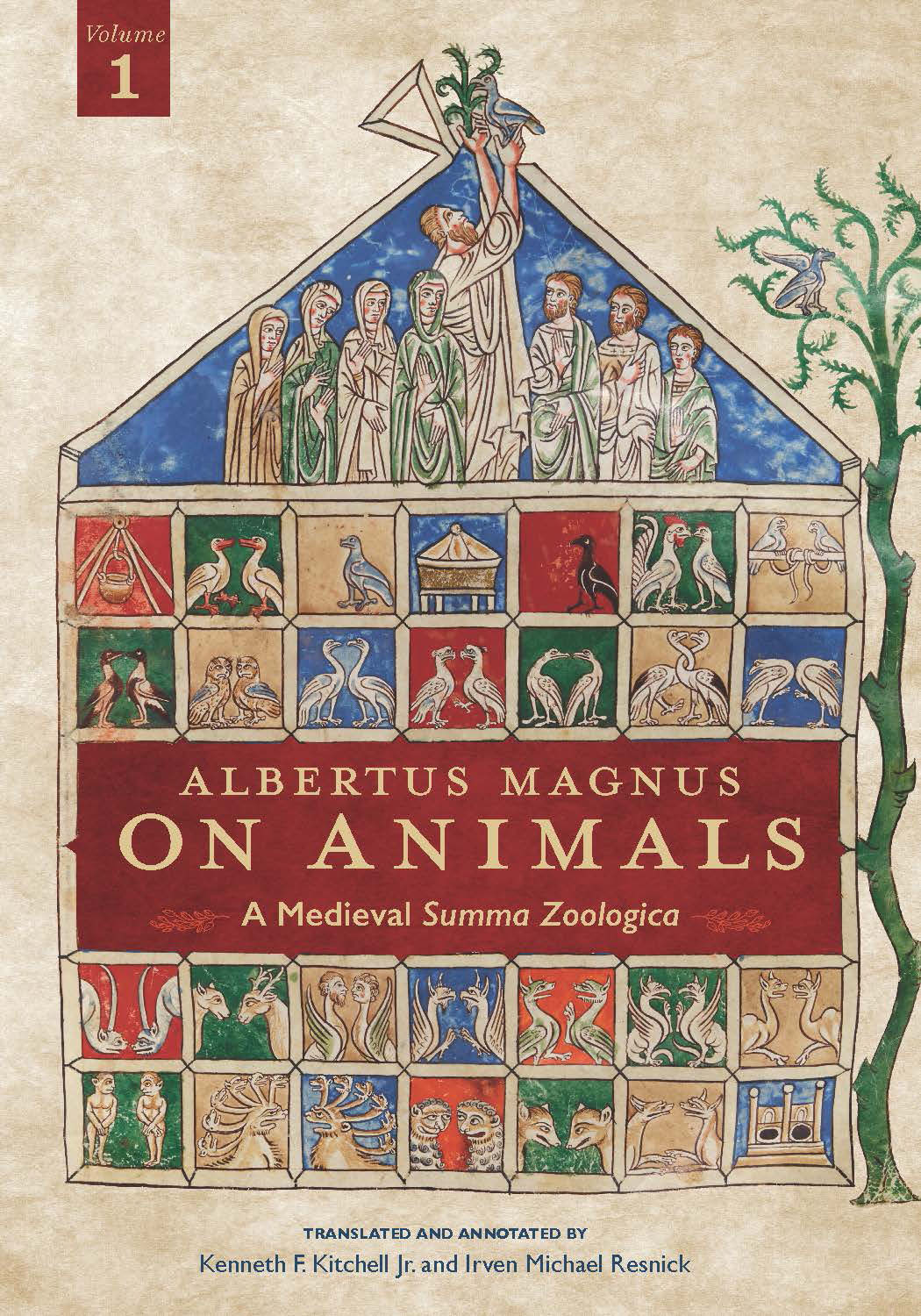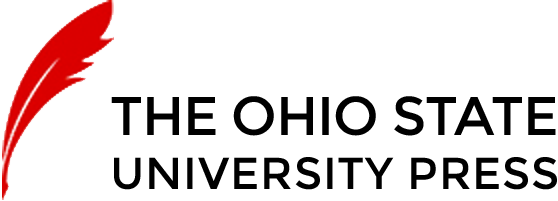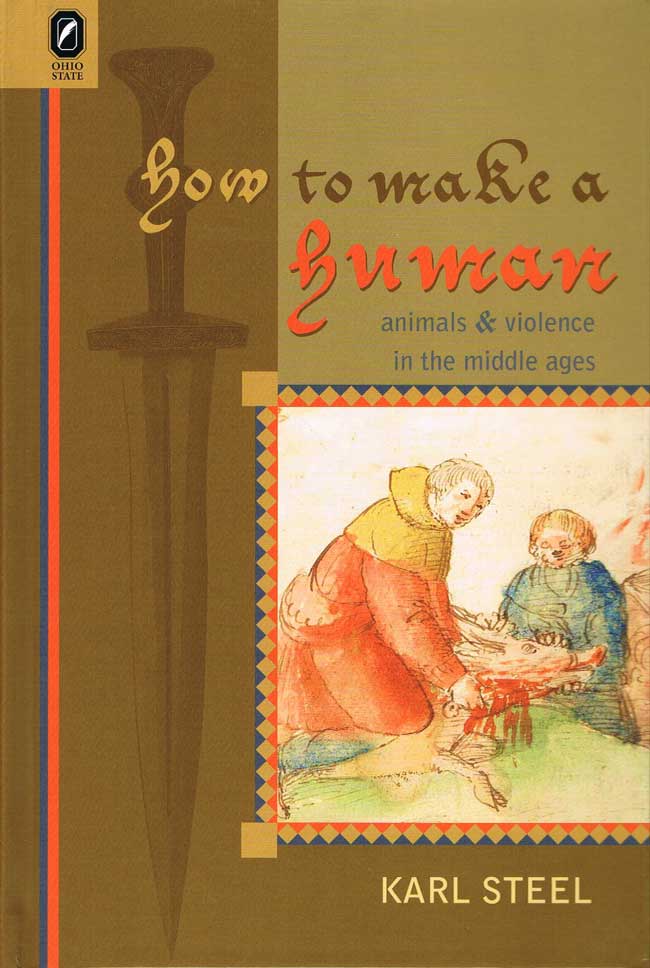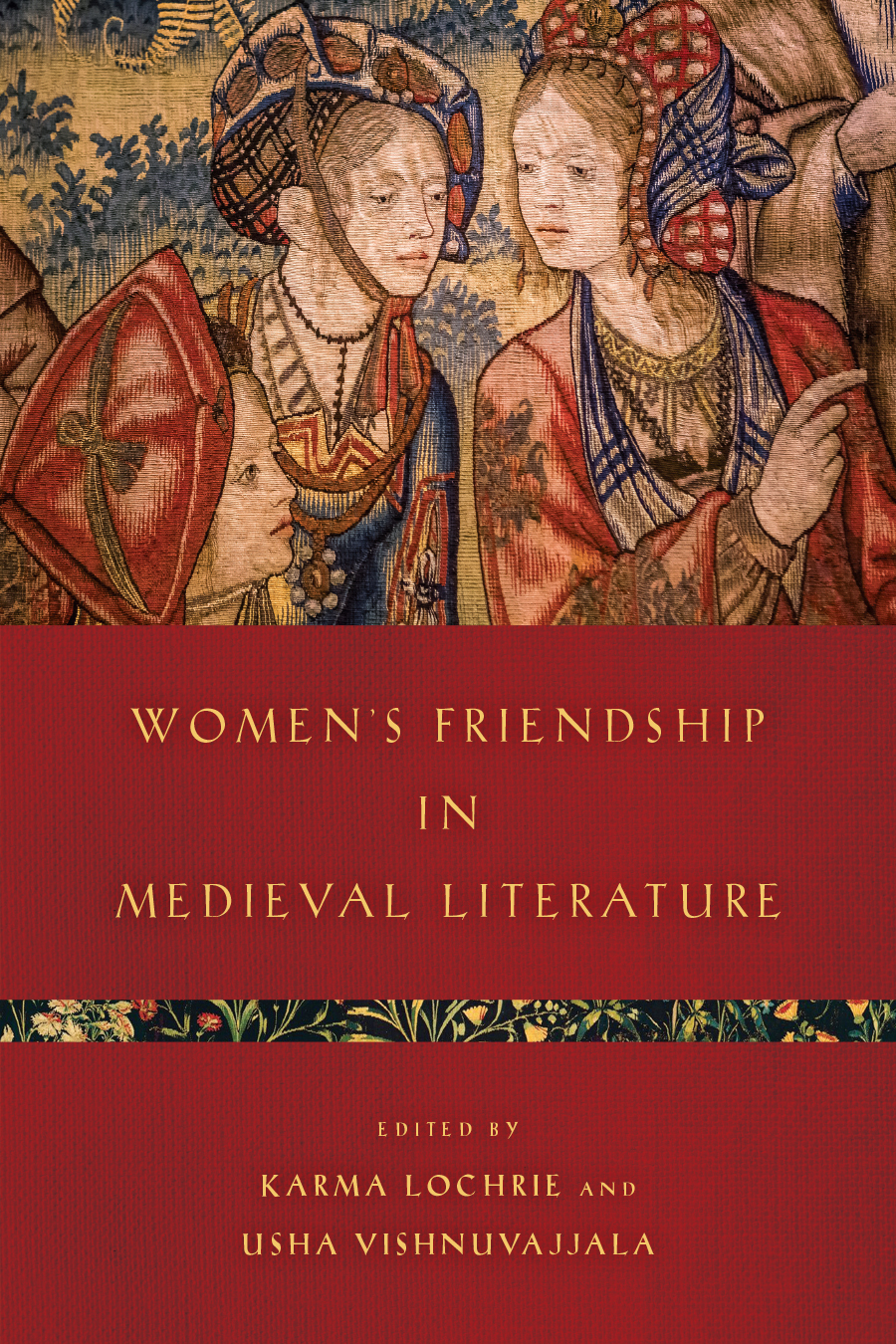“This is a monograph that asks for its readers’ sharpened attention, and provides the specialist tools with which to accomplish that sharpening, including a careful and welcome list of falconry terminology.” —Alexandra Paddock, The Review of English Studies
“A fascinating exploration … Hawking Women is an astute and rewarding volume that is as successful in its study of medieval falconry as it is in its stimulating readings of a satisfying range of medieval texts. Scholars of medieval romance will find much to appreciate in this work, which combines well conducted close readings with excellent engagement with secondary scholarship.” —Randy P. Schiff, The Medieval Review
“Hawking Women makes the argument that medieval, fourteenth-century falconry manuals shed light into the means for a new understanding of how poetic language works, and even more striking, how it works as a representation of women, female empowerment, and the necessary skill and patience of an expert falconer. … Faculty and students will gain a fresh perspective about oft-taught literary texts to generate new and lively classroom discussions and further literary studies.” —Jeffery Moser, Rocky Mountain Review
“Hawking Women is an engaging and fascinating read … [Petrosillo] captures the reader with original linguistic context as displayed through translations, prose, and analysis, leaving the reader with much to consider in terms of falconry practices, aesthetics, and poetics.” —Leslie S. Jacoby, Comitatus: A Journal of Medieval and Renaissance Studies
While critical discourse about falconry metaphors in premodern literature is dominated by depictions of women as unruly birds in need of taming, women in the Middle Ages claimed the symbol of a hawking woman on their personal seals, trained and flew hawks, and wrote and read poetic texts featuring female falconers. Sara Petrosillo’s Hawking Women demonstrates how cultural literacy in the art of falconry mapped, for medieval readers, onto poetry and challenged patriarchal control. Examining texts written by, for, or about women, Hawking Women uncovers literary forms that arise from representations of avian and female bodies. Readings from Sir Orfeo, Chrétien de Troyes, Guillaume de Machaut, Chaucer’s Troilus and Criseyde, and hawking manuals, among others, show how female characters are paired with their hawks not to assert dominance over the animal but instead to recraft the stand-in of falcon for woman as falcon with woman. In the avian hierarchy female hawks have always been the default, the dominant, and thus these medieval interspecies models contain lessons about how women resisted a culture of training and control through a feminist poetics of the falconry practice.
“Petrosillo’s methodology is clear and coherent and the journey she takes the reader upon is both fascinating and instructive … As such, Petrosillo’s contribution is a worthy and welcome one, inviting further paths to explore and understand the actuality of premodern female undertaking and agency.” —Zita Eva Rohr, Parergon
“I would recommend this book to anyone who is studying, researching, or very interested in medieval gender, falconry and literature … Petrosillo is clear in her discussion of the specific, in-depth medieval literature she focuses on to draw a connection from falconry to poetry and gender and to make the practical knowledge of falconry visible in a literary context.” —Ellen Hagen, H-Environment
“Falconry in Hawking Women touches on so many topics: the strange intimacies of memory training that bonded a bird with its handler, gender hierarchies, and especially the entangled freedom and constraint of poetics. Petrosillo’s rich practical knowledge of the sport illuminates a key component of medieval literature.” —Karl Steel, author of How to Make a Human: Animals and Violence in the Middle Ages
“Petrosillo offers lively and fresh readings of familiar texts, demonstrating that the established analogy of hawks and women as seen in medieval romances has been too easily read as simple allegory, and in fact the power relations between falconer and bird offer more scope for female agency than hitherto acknowledged.” —Gillian Rudd, author of Greenery: Ecocritical Readings of Late Medieval English Literature
Sara Petrosillo is Assistant Professor of English at the University of Evansville.
Contents
List of Illustrations
Acknowledgments
Introduction Falconry Culture as Reading Practice
Chapter 1 Control: Aesthetics of Training in Frederick II’s De arte venandi cum avibus
Chapter 2 Release: Sexual Dimorphism as Poetic Form in the Sonnet “Tapina in me”
Chapter 3 Enclosure: Reading Marie de France’s Yonec through the Harley 978 Hawking Treatise
Chapter 4 Seeling: Sir Orfeo’s Heurodis and Memory Training in the Auchinleck Lay
Chapter 5 Mewing: Molting the Literary Trope of the Changeable Woman in Adultery Narratives
Conclusion Healing: Squire’s Tale, Metonymy, and Female Falconers
Appendix A Guide to Terminology
Bibliography
Index
Related Titles:

Albertus Magnus, On Animals
Translated and annotated by Kenneth F. Kitchell, Jr. & Irven Michael Resnick




